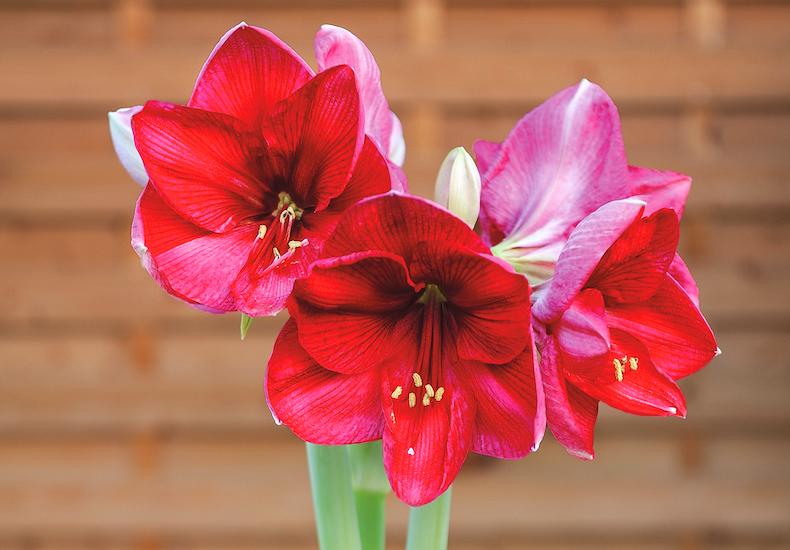Beautiful Plants For Your Interior

Amaryllis bulbs, those iconic harbingers of winter blooms, have long captured the hearts of plant enthusiasts. Their vibrant flowers bring a burst of color and joy to our homes during the colder months. Yet, beyond their aesthetic charm, there’s a fascinating secret hidden within these bulbs – they contain a compound called lycorine.
Lycorine, a natural alkaloid, is found not only in amaryllis bulbs but also in other plants like daffodils and snowdrops. It’s a compound with a complex story, possessing both intriguing properties and a history intertwined with folklore and medicine.
Amaryllis: A Winter Wonder
Amaryllis bulbs are cherished for their ability to produce stunning, trumpet-shaped flowers that come in various shades, from deep reds to pristine whites. Their blooming is eagerly anticipated each year, heralding the holiday season and adding warmth to our homes. However, beneath the soil, these bulbs hold a chemical secret.
The Enigma of Lycorine
Lycorine is a substance found in various parts of amaryllis plants, including the bulbs, leaves, and flowers. This alkaloid serves a purpose in nature, acting as a deterrent to herbivores and pests due to its bitter taste and potential toxicity. While lycorine can be harmful if ingested in large quantities, it’s not typically a concern for humans when handled with care.
Historical Significance
Lycorine isn’t just a chemical compound; it has a rich history rooted in medicine and folklore. In traditional medicine, lycorine-containing plants were used for various purposes, from treating fevers to expelling intestinal parasites. The alkaloid’s presence in amaryllis bulbs reminds us of the deep historical connections between plants and human health.
Modern Understanding
In recent years, scientific research has provided insights into lycorine’s potential applications in modern medicine. Some studies have explored its anti-viral and anti-cancer properties, although more research is needed to fully understand its therapeutic potential.
Enjoying Your Amaryllis Safely
While lycorine is an intriguing component of amaryllis bulbs, it’s important to remember that these plants are primarily cultivated for their ornamental value. As such, they should be enjoyed responsibly. Avoid ingesting any part of the plant and handle bulbs and plant material with care, especially if you have pets or young children.
In conclusion, the blooming of your amaryllis bulb is not only a delightful sight but also a reminder of the fascinating chemistry and history hidden within these winter wonders. So, as you marvel at the vibrant blossoms, take a moment to appreciate the lycorine connection that makes the amaryllis an enduring symbol of beauty and intrigue.